
Gilberto Hernández, usually credited as Gilbert Hernandez and also by the nickname Beto, is an American cartoonist. He is best known for his Palomar/Heartbreak Soup stories in Love and Rockets, an alternative comic book he shared with his brothers Jaime and Mario.

Fantagraphics is an American publisher of alternative comics, classic comic strip anthologies, manga, magazines, graphic novels, and the erotic Eros Comix imprint.
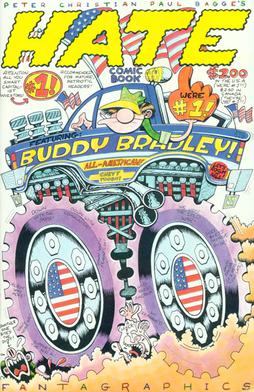
Hate is a comic book by writer-artist Peter Bagge. First published by Fantagraphics in 1990 it ran for 30 issues, and was one of the best-selling alternative comics of the 1990s, at its height selling 30,000 copies an issue. In 2000 Bagge revived the series in Hate Annual, a yearly comic that continues the story after Hate in short stories, and includes writings on libertarianism, culture, and topical cartoons.

Peter Bagge is an American cartoonist whose best-known work includes the comics Hate and Neat Stuff. His stories often use black humor and exaggerated cartooning to dramatize the reduced expectations of middle-class American youth. He won two Harvey Awards in 1991, one for best cartoonist and one for his work on Hate. In recent decades Bagge has done more fact-based comics, everything from biographies to history to comics journalism. Publishers of Bagge's articles, illustrations, and comics include suck.com, MAD Magazine, toonlet, Discover, and the Weekly World News, with the comic strip Adventures of Batboy. He has expressed his libertarian views in features for Reason.

Doofus is an American alternative comic book character created by Rick Altergott. In the low-brow, scatological strip, Doofus and his sidekick/pal Henry Hotchkiss are two foolish creeps who have adventures in the fictional Flowertown, USA. Fantagraphics Books published two issues of the series from 1994 to 1997.
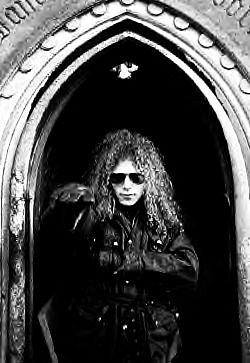
Vaughn Bodē was an American underground cartoonist and illustrator known for his character Cheech Wizard and his artwork depicting voluptuous women. A contemporary of Ralph Bakshi, Bodē has been credited as an influence on Bakshi's animated films Wizards and The Lord of the Rings. Bodē has a huge following among graffiti artists, with his characters remaining a popular subject.
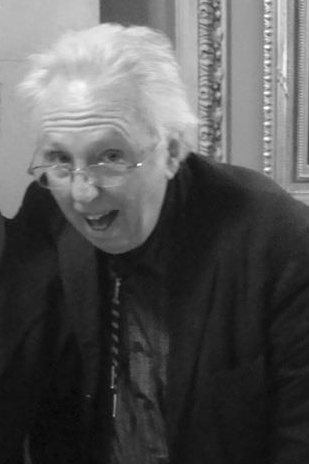
William Henry Jackson Griffith is an American cartoonist who signs his work Bill Griffith and Griffy. He is best known for his surreal daily comic strip Zippy. The catchphrase "Are we having fun yet?" is credited to Griffith.

Lisa Grimaldi is a fictional character from the CBS soap opera, As the World Turns. The character was portrayed by Eileen Fulton for 50 years from May 1960, until the last episode aired in September 2010, with Fulton becoming one of the longest-serving soap opera actors in the United States. Lisa is considered to be the first soap "vixen" and was one half of the first ever super couple, Bob and Lisa Hughes.

Neat Stuff is an American alternative comic book series created by Peter Bagge and published by Fantagraphics. It ran from 1985 to 1989 for fifteen issues. Most takes the form of a series of short stories featuring different sets of characters, although some issues feature full-length stories relating to just one set of characters. The series was Bagge's first one-man comics anthology. Described by Dez Skinn in Comix: The Underground Revolution as the work which "threw Peter Bagge into the limelight", Bagge soon retired the title in preference of continuing the Bradley characters' story in Hate.

John F. Ryan IV is an American alternative comics creator, writer, and animator. He created Angry Youth Comix, a comic book published by Fantagraphics, and "Blecky Yuckerella", a comic strip which originated in the alternative newspaper the Portland Mercury and now appears on Ryan's website. He also created Pig Goat Banana Cricket, a TV show made jointly with Dave Cooper that Nickelodeon picked up. He was the story editor for Looney Tunes Cartoons. In a throwback to the days of underground comix, Ryan's oeuvre is generally an attempt to be as shocking and politically incorrect as possible.
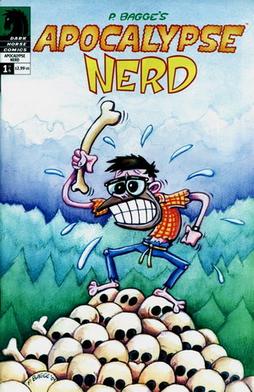
Apocalypse Nerd is a six-issue comic book limited series created by Peter Bagge and published by Dark Horse Comics.

Good Girls is a 1987–1991 six-issue comic book limited series. It was created by Carol Lay and published by Fantagraphics and then Rip Off Press. The series parodies romance comics.
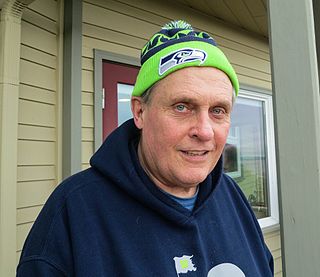
Dennis P. Eichhorn was an American writer, best known for his adult-oriented autobiographical comic book series Real Stuff. His stories, often involving, sex, drugs, and alcohol, have been compared to those of Jack Kerouac, Ken Kesey, and Charles Bukowski.
Eric Reynolds is a Seattle-based cartoonist, critic and comics editor who is the Vice-President and Associate Publisher for Fantagraphics Books. His work has appeared in The Stranger, The Comics Journal, The New York Times, The New York Press and other publications. He has edited or co-edited The Complete Crumb Comics, Angry Youth Comics, Dirty Stories and MOME, and has inked some of Peter Bagge's comics.
J. R. Williams is an American cartoonist, animator, and fine artist best known for his late 1980s/early 1990s work in alternative comics. Known for his manic, exaggerated cartooning style, Williams brought an underground comix edge to his work during this period. Williams' characters Skinboy and the Bad Boys made recurring appearances in many of his stories.

Lisa: The Painful is a 2014 post-apocalyptic role-playing video game developed and published by American indie studio Dingaling Productions. The game was written, designed, and composed by Austin Jorgensen, and was released for Windows, OS X, and Linux on December 15, 2014. Lisa: The Painful is the second installment in the Lisa trilogy, preceded by Lisa: The First (2012), and followed by Lisa: The Joyful (2015), a standalone DLC that concludes the series.
Ariel Bordeaux is an American alternative cartoonist, painter, and writer. She is known for the confessional autobiographical minicomics series Deep Girl and the two-person title Raisin Pie.
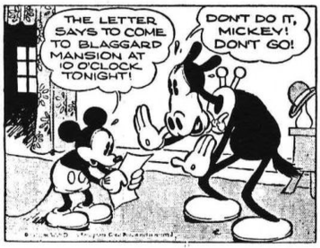
Mickey Mouse is an American newspaper comic strip by the Walt Disney Company featuring Mickey Mouse, and is the first published example of Disney comics. The strip debuted on January 13, 1930, and ran until July 29, 1995. It was syndicated by King Features Syndicate.

















